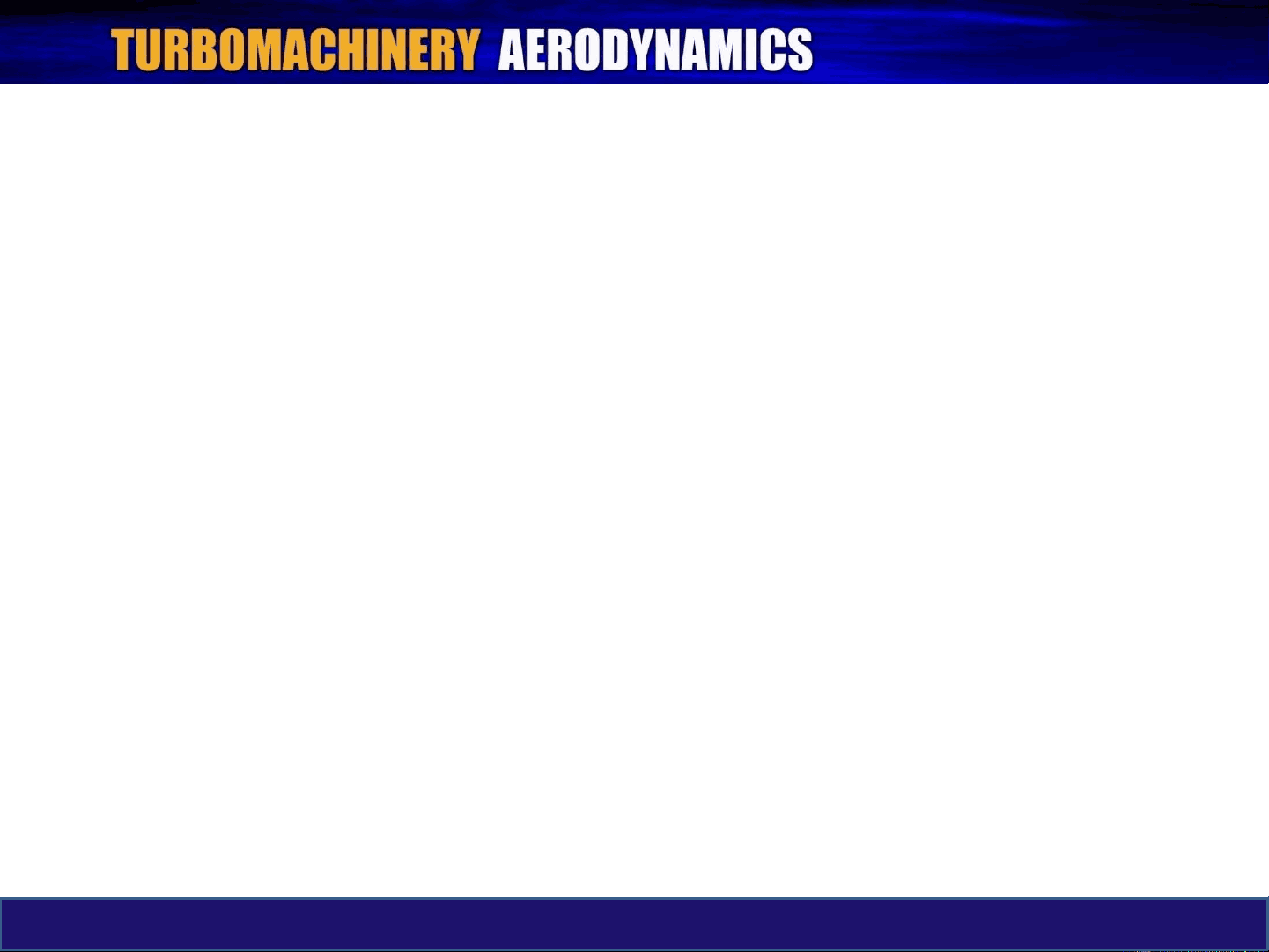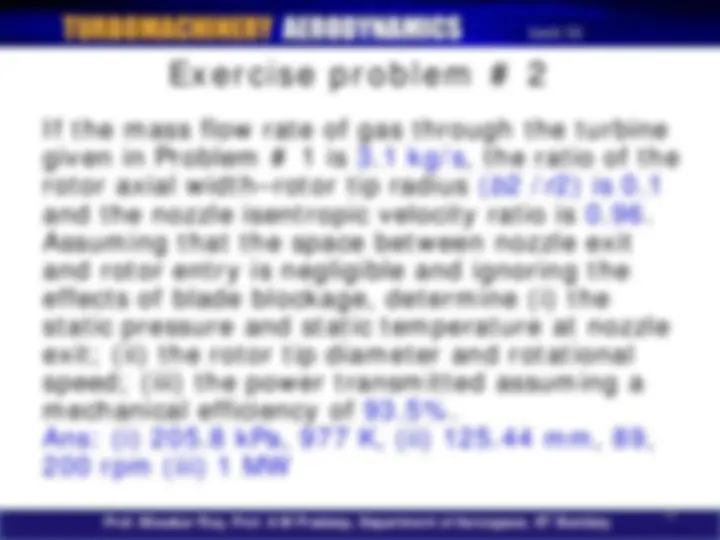



Study with the several resources on Docsity

Earn points by helping other students or get them with a premium plan


Prepare for your exams
Study with the several resources on Docsity

Earn points to download
Earn points by helping other students or get them with a premium plan
Community
Ask the community for help and clear up your study doubts
Discover the best universities in your country according to Docsity users
Free resources
Download our free guides on studying techniques, anxiety management strategies, and thesis advice from Docsity tutors
Some concept of Turbomachinery Aerodynamics are Axial Flow Compressors, Axial Turbine Design Considerations, Blade Performance, Engine Performance Significantly, Flows Through Axial Compresso. Main points of this lecture are: Nozzle Blades, Nominal Design, Design Point, Inward Radial, Radial Flow, Axial Diffuser, Peripheral Speed, Flow Outlet, Pressure, Negligible Final
Typology: Slides
1 / 2

This page cannot be seen from the preview
Don't miss anything!


Prof. Bhaskar Roy, Prof. A M Pradeep, Department of Aerospace, IIT Bombay^21
Lect-
A small inward radial flow gas turbine, comprising a ring of nozzle blades, a radial- vaned rotor and an axial diffuser, operates at the nominal design point with a total-to-total efficiency of 0.90. At turbine entry the stagnation pressure and temperature of the gas is 400 kPa and 1140 K. The flow leaving the turbine is diffused to a pressure of 100 kPa and has negligible final velocity. Given that the flow is just choked at nozzle exit, determine the impeller peripheral speed and the flow outlet angle from the nozzles. Ans: 586 m/s, 73.75 o
Prof. Bhaskar Roy, Prof. A M Pradeep, Department of Aerospace, IIT Bombay^22
Lect-
If the mass flow rate of gas through the turbine given in Problem # 1 is 3.1 kg/s, the ratio of the rotor axial width–rotor tip radius ( b 2 / r 2) is 0. and the nozzle isentropic velocity ratio is 0.96. Assuming that the space between nozzle exit and rotor entry is negligible and ignoring the effects of blade blockage, determine (i) the static pressure and static temperature at nozzle exit; (ii) the rotor tip diameter and rotational speed; (iii) the power transmitted assuming a mechanical efficiency of 93.5%. Ans: (i) 205.8 kPa, 977 K, (ii) 125.44 mm, 89, 200 rpm (iii) 1 MW